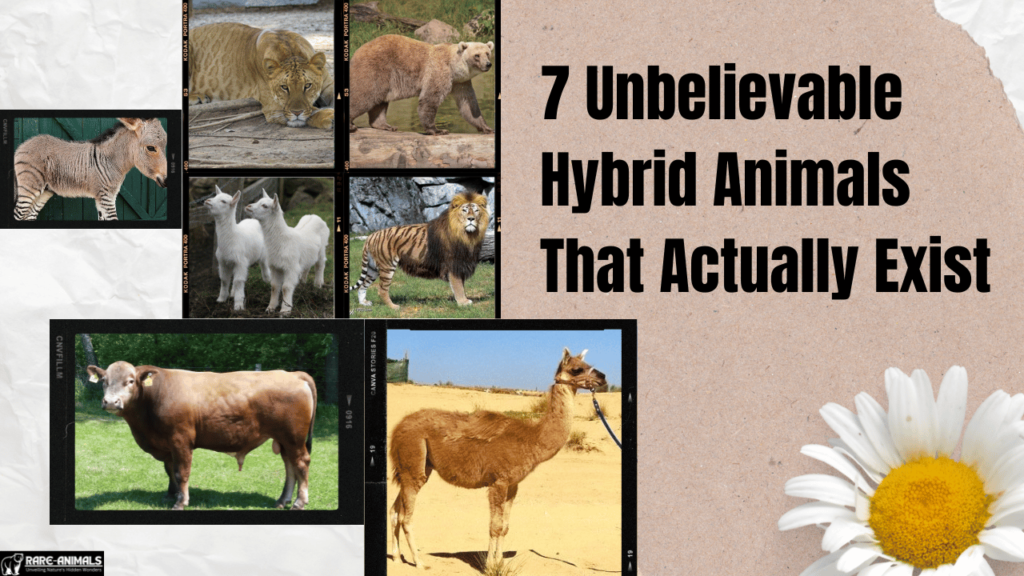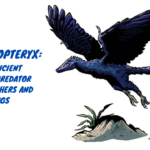Nature is full of surprises, and hybrid animals are some of the most fascinating examples of genetic diversity and evolutionary adaptability. These hybrids result from the crossbreeding of different species, often yielding creatures with unique traits that defy expectations.
In this article, we explore seven unbelievable hybrid animals that actually exist, their origins, characteristics, and ecological significance.
1. Liger (Lion + Tiger)
The liger, a cross between a male lion and a female tiger, is the largest of all big cats. These majestic creatures inherit the muscular build of lions and the striking stripes of tigers.
Characteristics:
- Gigantic size: Can grow over 10 feet long and weigh more than 900 lbs.
- Social nature: Unlike tigers, ligers are social animals, much like lions.
- Swimming ability: Unlike lions, ligers enjoy swimming, a trait inherited from tigers.
Conservation Concerns:
Ligers are bred in captivity and do not exist in the wild. While fascinating, their existence raises ethical concerns regarding conservation and animal welfare.
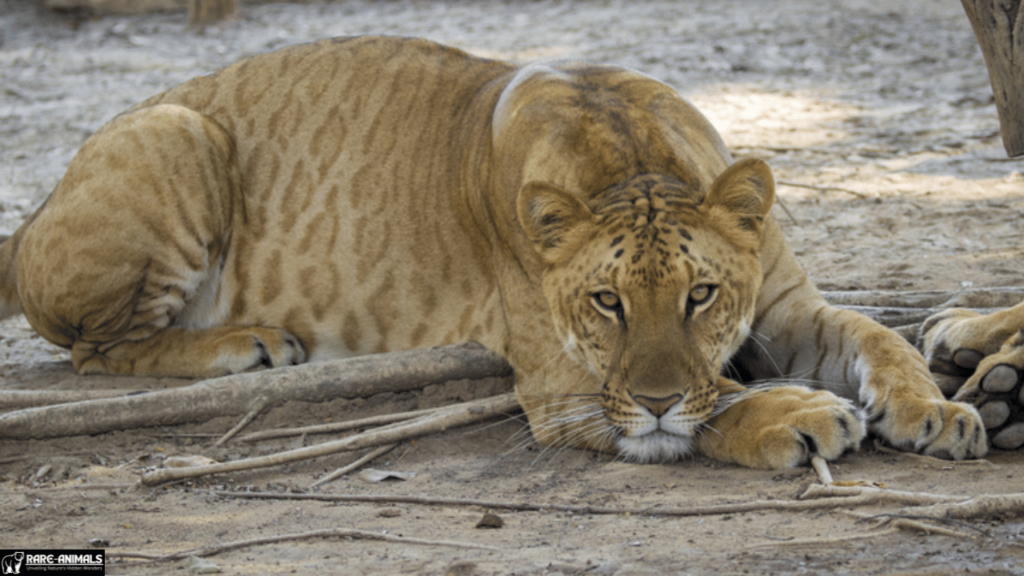
2. Tigon (Tiger + Lion)
The opposite of a liger, a tigon results from a male tiger mating with a female lion. Though smaller than ligers, tigons retain traits from both parents.
Characteristics:
- Medium size: Generally smaller than ligers but larger than their parent species.
- Distinct markings: A blend of lion manes and tiger stripes.
- Genetic rarity: Less common than ligers due to natural mating tendencies.
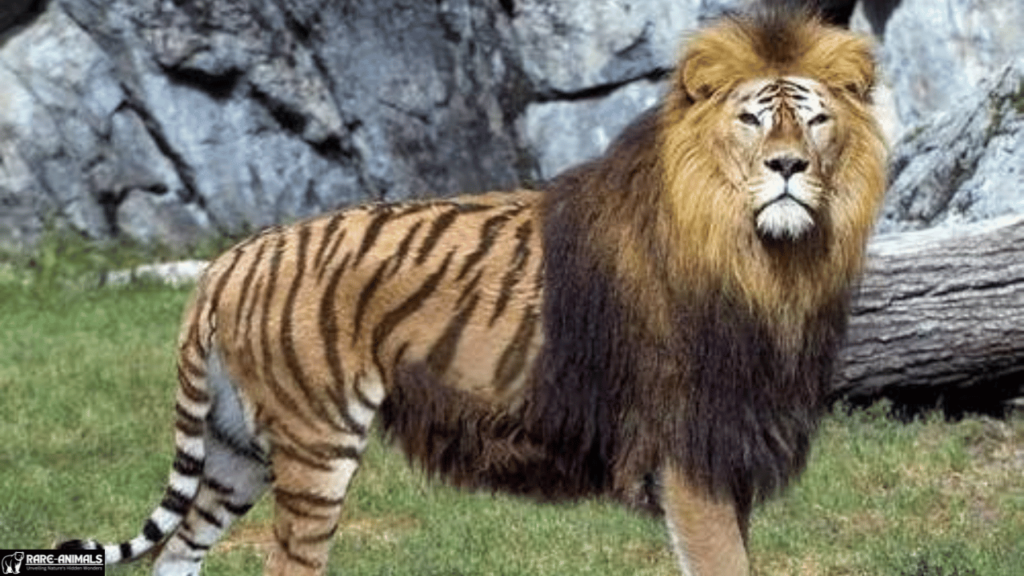
3. Zonkey (Zebra + Donkey)
The zonkey is a hybrid between a zebra and a donkey, combining the zebra’s striking stripes with the donkey’s sturdy build.
Characteristics:
- Hardy nature: Strong and resilient like donkeys.
- Striped legs: Inherited from zebras.
- Behavioral traits: Can be stubborn yet highly intelligent.
Ecological Impact:
Zonkeys occur naturally in areas where zebras and donkeys cohabit, often providing insight into hybridization in the wild.
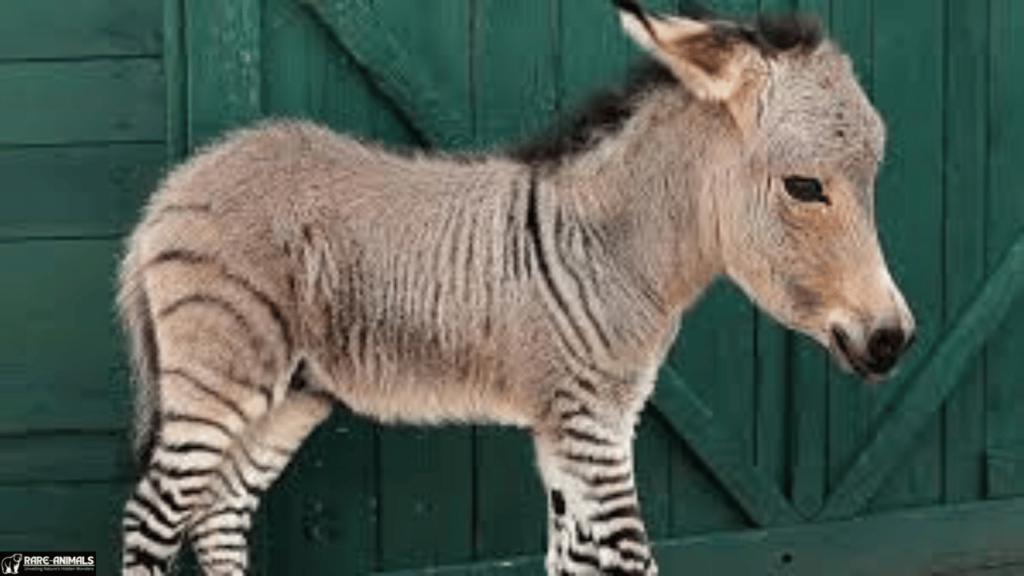
4. Grolar Bear (Grizzly Bear + Polar Bear)
Also known as the pizzly bear, this hybrid occurs when a grizzly bear and a polar bear mate, usually due to climate change-driven habitat overlaps.
Characteristics:
- Size: Smaller than a polar bear but larger than a grizzly.
- Coat Color: A mix of brown and white fur.
- Adaptability: Shows a blend of polar and grizzly bear hunting behaviors.
Conservation Implications:
The existence of grolar bears is a sign of shifting ecosystems due to climate change, making them important indicators of environmental shifts.
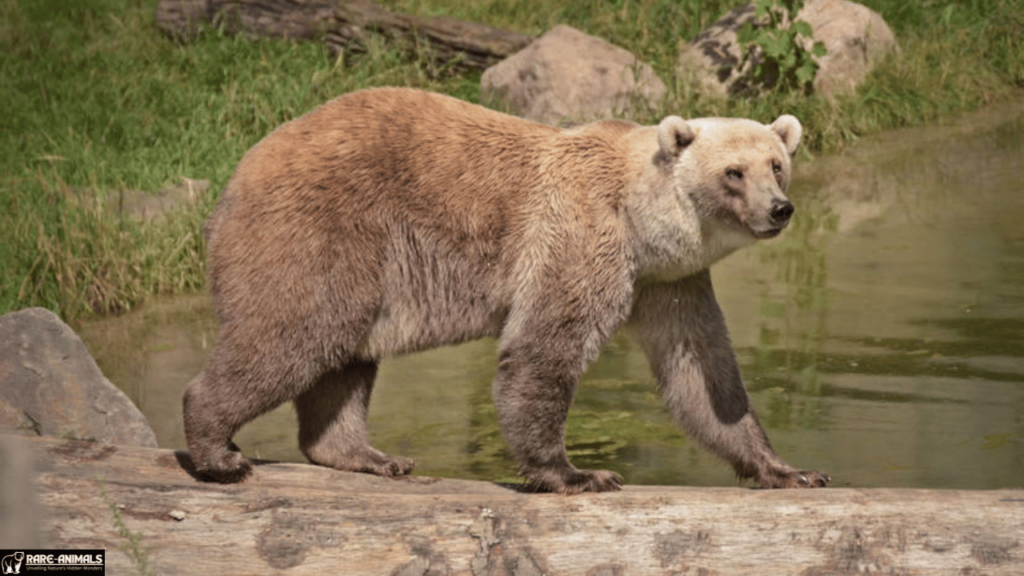
5. Beefalo (Buffalo + Domestic Cattle)
A beefalo is a hybrid between an American buffalo (bison) and domestic cattle, bred primarily for its hardy nature and meat quality.
Characteristics:
- Resilience: More resistant to disease than regular cattle.
- Lean Meat: Healthier alternative with lower fat content.
- Environmental Benefits: Requires less water and feed compared to traditional cattle.
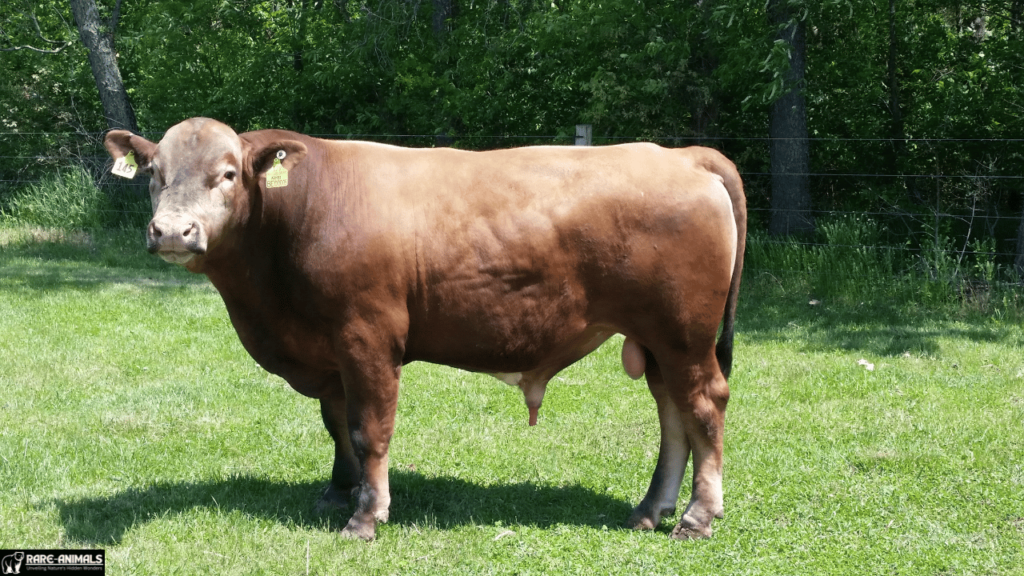
6. Geep (Goat + Sheep)
A geep, a crossbreed between a goat and a sheep, is an extremely rare hybrid due to genetic differences.
Characteristics:
- Unique Fur: Can have a mix of woolly and coarse hair.
- Intermediate Size: Larger than a goat but smaller than a sheep.
- Behavioral Mix: Displays traits from both parents, including agility and herd instincts.
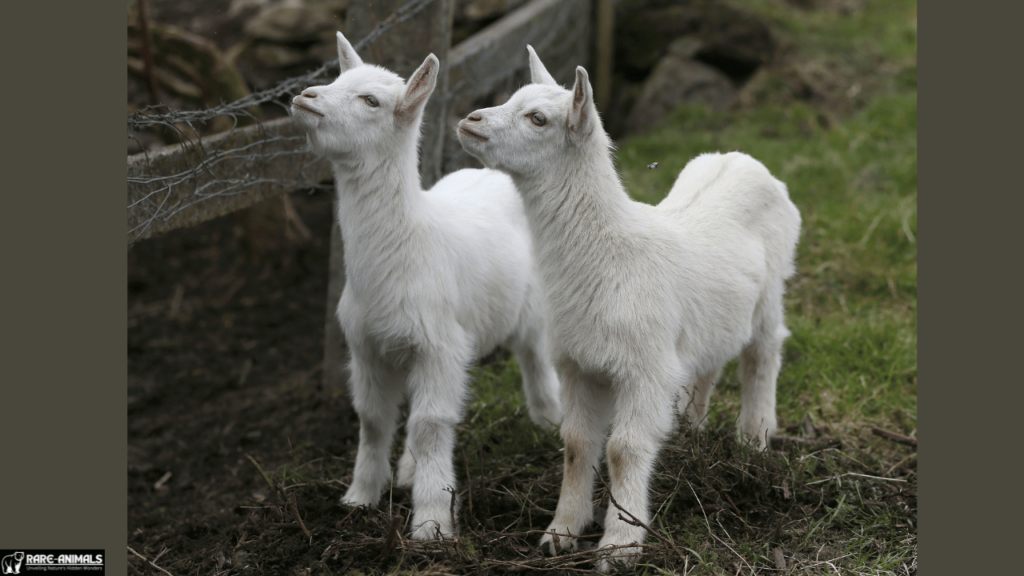
7. Cama (Camel + Llama)
The cama is a hybrid created by breeding a camel with a llama, first achieved through artificial insemination.
Characteristics:
- No Humps: Unlike camels, camas do not have humps.
- Sturdiness: Inherits the endurance of a camel and the agility of a llama.
- Temperament: Generally more docile than camels.
Purpose of Breeding:
Camas were created to produce a woolly animal with camel-like endurance that thrives in harsh desert environments.
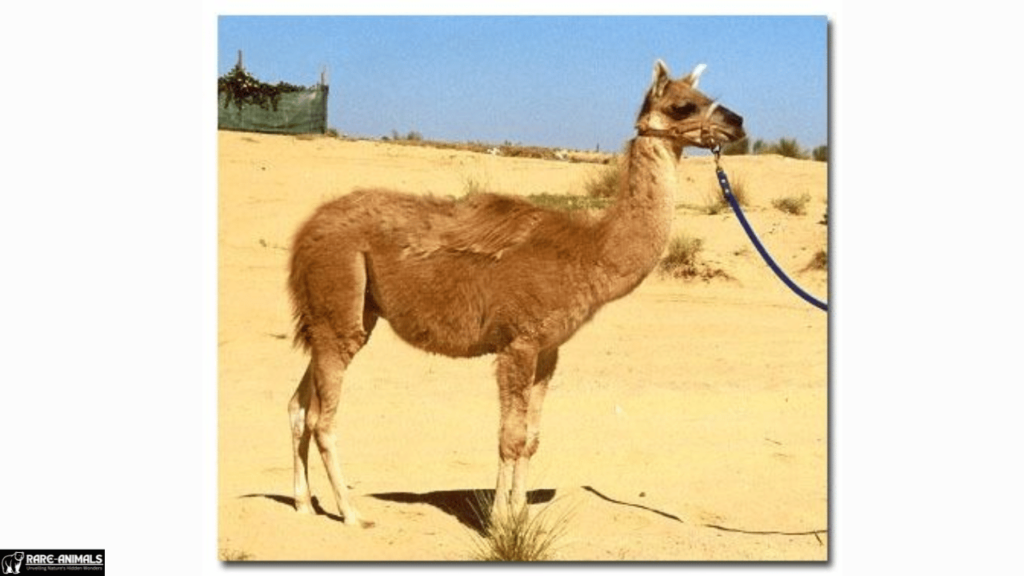
Conclusion
Hybrid animals showcase the wonders of genetic diversity, often emerging due to human intervention or environmental changes.
While some hybrids occur naturally, others result from scientific breeding efforts. Understanding these unique creatures not only fascinates wildlife enthusiasts but also provides crucial insights into conservation, biodiversity, and the impact of human activities on nature.
FAQs
1. Are hybrid animals fertile?
Most hybrid animals are sterile due to genetic incompatibilities, but some, like the beefalo, can reproduce.
2. Do hybrid animals exist in the wild?
Yes, some hybrids, like the grolar bear and the zonkey, occur naturally where species’ ranges overlap.
3. Are hybrid animals ethically bred?
The ethical concerns of breeding hybrids depend on conservation needs, animal welfare, and the intent behind hybridization.
4. Why do hybrids have unique traits?
Hybrids inherit genetic traits from both parent species, leading to unique physical and behavioral characteristics.
5. What is the most famous hybrid animal?
The liger is one of the most famous hybrids, known for its enormous size and blend of lion and tiger traits.
By exploring these incredible hybrids, we gain a greater appreciation for nature’s diversity and the complexities of wildlife conservation.

Alveena is an experienced content writer with a knack for crafting engaging and insightful pieces. She thrives on breaking down complex ideas and presenting them as clear, captivating content that resonates with readers.

